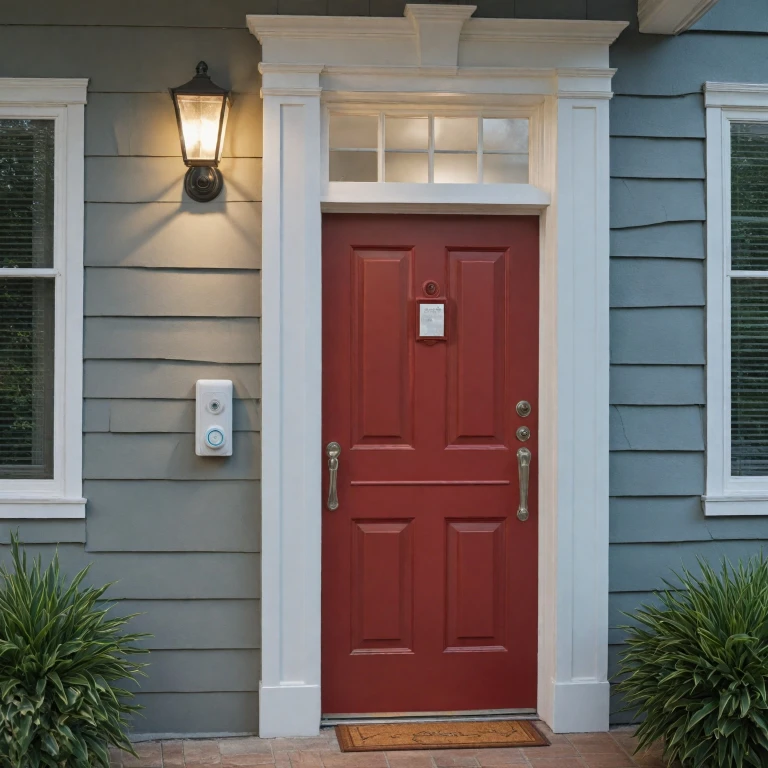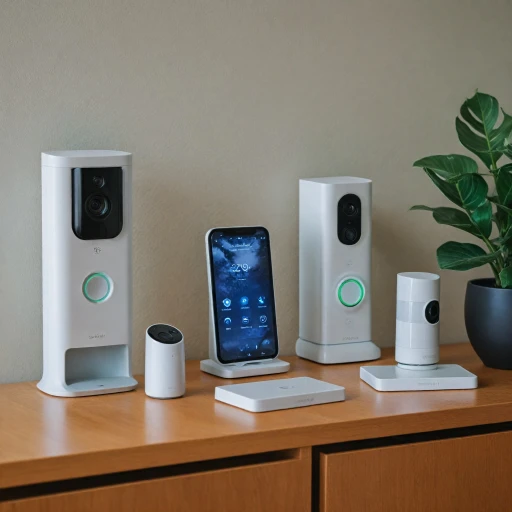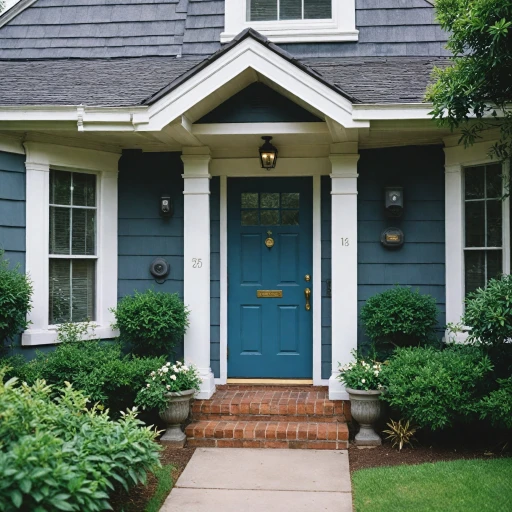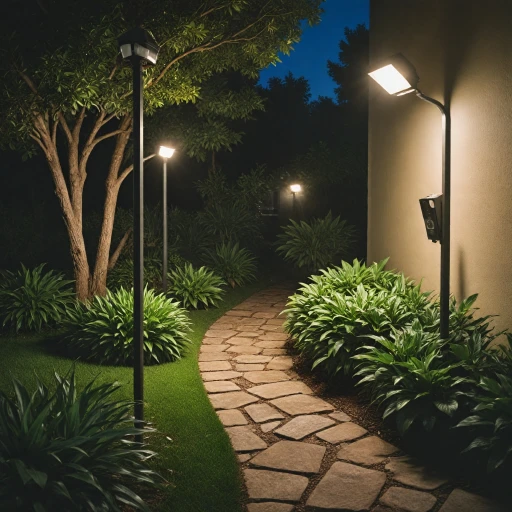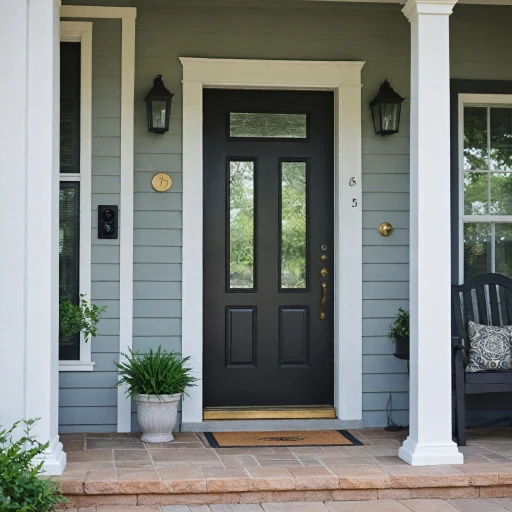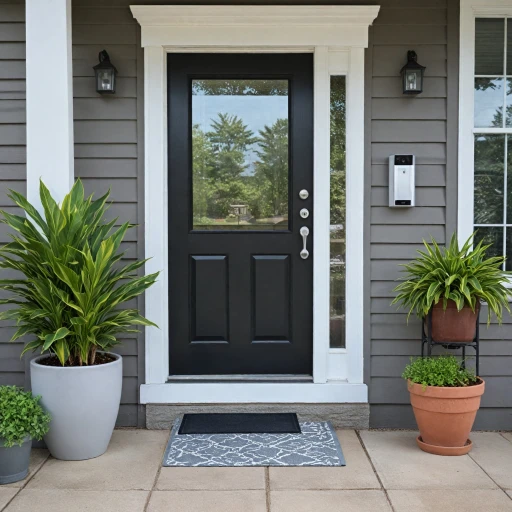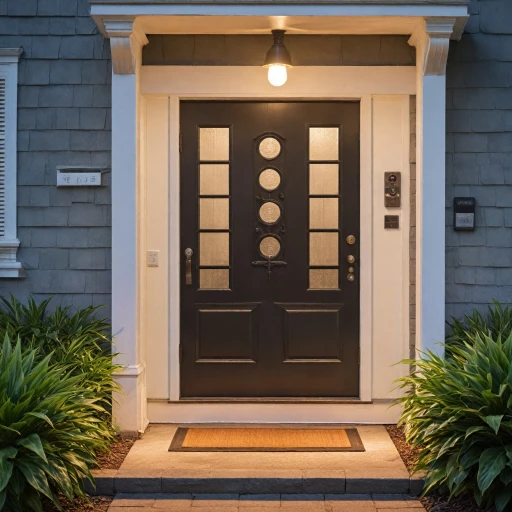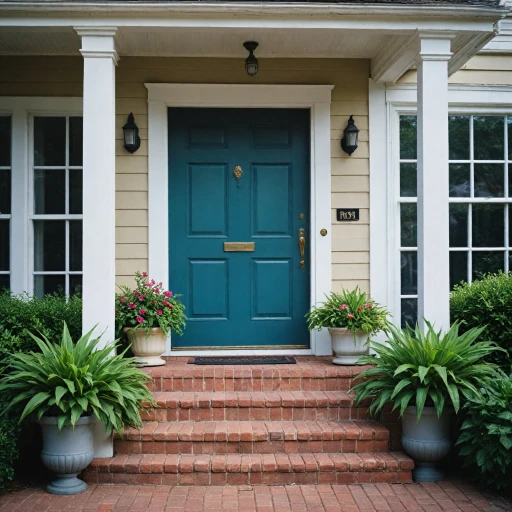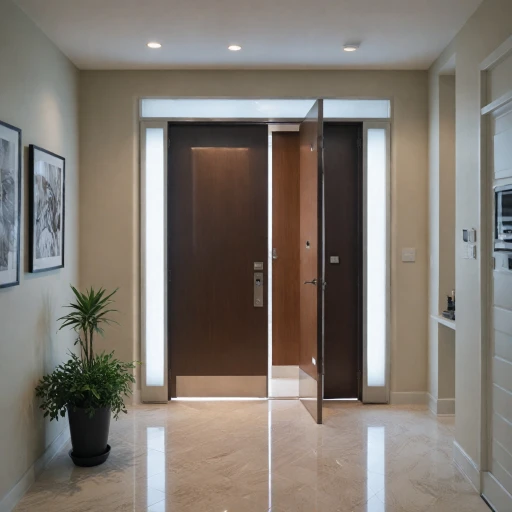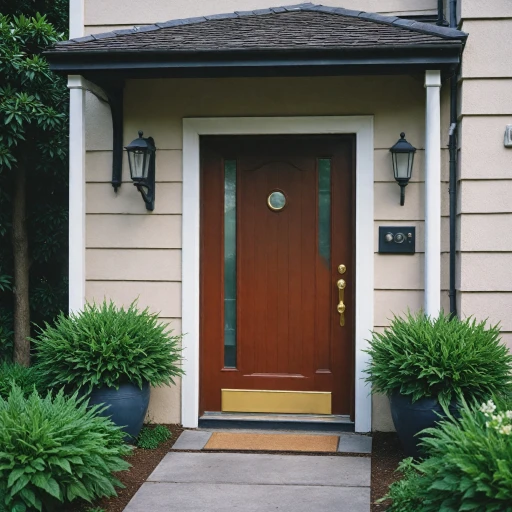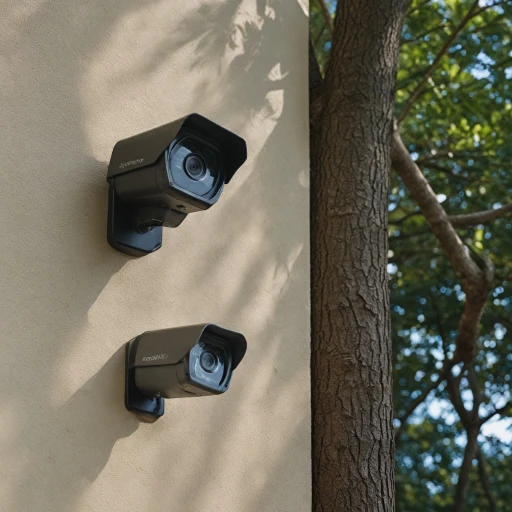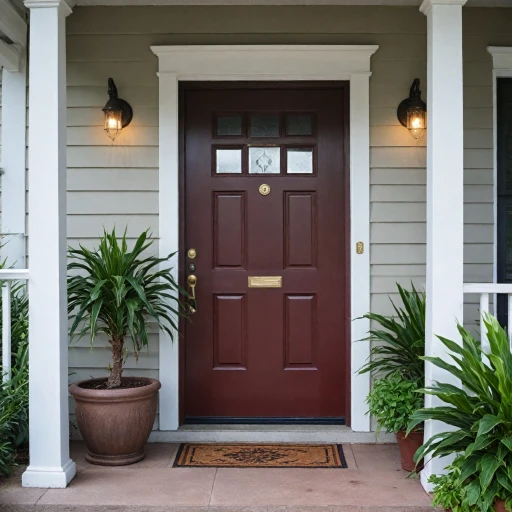
Understanding the Basics of Ring Doorbell and Arlo
Key Features of Ring and Arlo
Understanding the primary features of Ring and Arlo video doorbells will help in deciding which system aligns with your needs. Both brands offer a range of functionalities, but key differences can influence your choice. Ring offers a variety of video doorbells and security cameras, accommodating various setups. With options for wired and battery-powered doorbells, the flexibility is beneficial for different home installations. Ring’s battery doorbells provide convenience for areas where wiring is not feasible. The Ring Pro variant enhances video quality and provides superior integration with existing wired systems. Arlo, on the other hand, places a strong emphasis on high video quality and flexibility in usage. Their cameras, such as the Arlo Pro series, are known for high-definition video output and effective field view, making them an ideal choice for wider outdoor spaces. Arlo's video doorbells and security systems are engineered to deliver excellent security and additional features such as package detection. When it comes to camera performance in security systems, both brands ensure high standards in video and motion detection. If you’re looking for detailed comparisons on video quality, explore this exploring the features and benefits to see how they stack up.Video Quality and Performance
Assessing Clarity: Ring vs Arlo Visual Performance
When it comes to video quality, the choice between Ring and Arlo video doorbells can significantly impact your decision. Both companies prioritize delivering exceptional clarity in their video recordings, but there are distinctions worth noting.
Ring video doorbells offer a solid video resolution, with many models delivering up to 1080p HD. This ensures you have clear visuals of visitors, packages, and the surrounding area. Some of their newer models go beyond, offering even higher resolutions. The night vision capability of Ring cameras is also noteworthy, providing reliable footage in low-light conditions.
On the other hand, Arlo video doorbells also boast impressive video capabilities. Many Arlo models provide HDR video and a similar 1080p resolution, while some advanced models offer even higher specs, such as 2K video. This can be especially beneficial for capturing finer details, which could be crucial for security purposes. Arlo's wide field of view (up to 180° in some models) ensures comprehensive coverage, minimizing blind spots.
Both Ring and Arlo cater to different installation preferences, with wired and battery options. The battery doorbell, such as Ring's battery-powered variants, offers more flexibility for placement, but may require regular recharging depending on usage. The performance of a wired video doorbell, like the Ring Doorbell Pro, tends to be more consistent since it maintains a steady power supply.
Choosing between the two depends on your specific needs in terms of video quality and performance. Exploring the benefits and challenges of these systems can help ensure you're making the best decision for your home’s security.
Integration with Smart Home Systems
Seamless Integration with Your Smart Home
For individuals venturing into the realm of smart home ecosystems, understanding how your security system integrates with existing components is vital. Ring and Arlo both offer a range of features that allow for seamless compatibility, yet there are distinct elements that set each system apart. To start, Ring has earned widespread recognition for its effective compatibility with Amazon's Alexa. If you already utilize Amazon's ecosystem, integrating a Ring video doorbell or security camera could be a simple and effective addition. You can control and monitor your devices through voice commands, allowing for hands-free operation and ease of management. On the other hand, Arlo's devices are favored for their flexibility in integration, especially when it comes to connecting with Google's Assistant and Apple HomeKit. This makes Arlo a great choice for users who prioritize having a more varied selection of smart home systems. The open-ended design means you can curate a more personalized smart home environment. In terms of app usability, both Ring and Arlo provide comprehensive apps available on both iOS and Android platforms. These apps let you adjust settings, view live video feeds, and receive notifications if motion is detected—all crucial features for a robust security system. Ultimately, choosing between Ring and Arlo for smart home integration hinges on your existing systems and personal preferences for user interfaces and voice assistant compatibility. Each offers robust systems that ensure added security and convenience, yet cater to different user needs and smart home infrastructures.Subscription Plans and Costs
Cost Considerations: What You Need to Know
When it comes to choosing between Ring and Arlo, understanding the subscription plans and associated costs is crucial. Both brands offer a range of options that can significantly impact your overall experience and budget.
Ring Subscription Plans
Ring offers a few different subscription plans, primarily focused on enhancing the capabilities of their video doorbells and security cameras. The basic plan, Ring Protect Basic, covers one device and includes video recording, video sharing, and snapshot capture. For those with multiple Ring devices, the Ring Protect Plus plan is a better choice, providing coverage for all devices at a single location. This plan also includes professional monitoring for the Ring Alarm system, making it a comprehensive security solution.
Arlo Subscription Options
Arlo, on the other hand, provides a slightly different approach with its Arlo Smart plans. These plans offer features like advanced AI detection, which can differentiate between people, vehicles, and animals. The Arlo Smart Premier plan covers up to five cameras and includes 30 days of cloud recordings. For those with more extensive security needs, the Arlo Smart Elite plan offers 60 days of cloud storage and supports up to 20 cameras, making it ideal for larger properties.
Free vs. Paid Features
Both Ring and Arlo offer basic functionality without a subscription, such as live video streaming and motion alerts. However, to access features like video history and advanced detection, a subscription is necessary. This is an important consideration when evaluating the long-term costs of your security system.
Making the Right Choice
Ultimately, the best choice between Ring and Arlo will depend on your specific needs and budget. If you prioritize comprehensive coverage and professional monitoring, Ring's Protect Plus plan might be more suitable. Conversely, if advanced AI detection and extensive cloud storage are more important, Arlo's Smart plans could be the better option.
Security Features and Privacy Concerns
Ensuring Your Safety: Evaluating Security and Privacy
When considering a smart doorbell, security features and privacy concerns are of utmost importance. Both Ring and Arlo provide a suite of capabilities aimed at maintaining the highest security standards for users.- Encryption and Data Protection: Both brands utilize end-to-end encryption to protect video footage streaming and storage. This ensures that only authorized users can access the captured videos. This is a pivotal consideration for privacy-focused users seeking to keep their data secure from unauthorized access.
- Video Storage Options: With these smart doorbells, users have flexible options for video storage, depending on their preference for local or cloud-based storage. Arlo's security cameras offer local storage, allowing users to keep control over their footage, whereas Ring's security system emphasizes cloud storage, necessitating a subscription plan.
- Security Hardware Additions: The physical aspects of both systems, including tamper-resistant design and secure installation options, focus on preventing unauthorized physical access. This is particularly significant for battery doorbell models, which might be more susceptible to tampering.
- Privacy Controls: Both Arlo and Ring prioritize user control over privacy settings. Adjusting data sharing preferences and configuring motion detection zones are just a few ways users can maintain their privacy when using these video doorbells.
- Advanced Security Features: Ring’s option for package detection and Arlo's field view customization add layers of proactive security and adaptability. These features cater to different security needs and can be considered determining factors for users prioritizing specific types of surveillance coverage.
